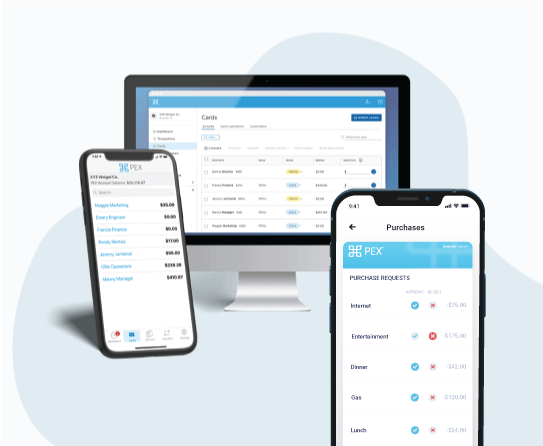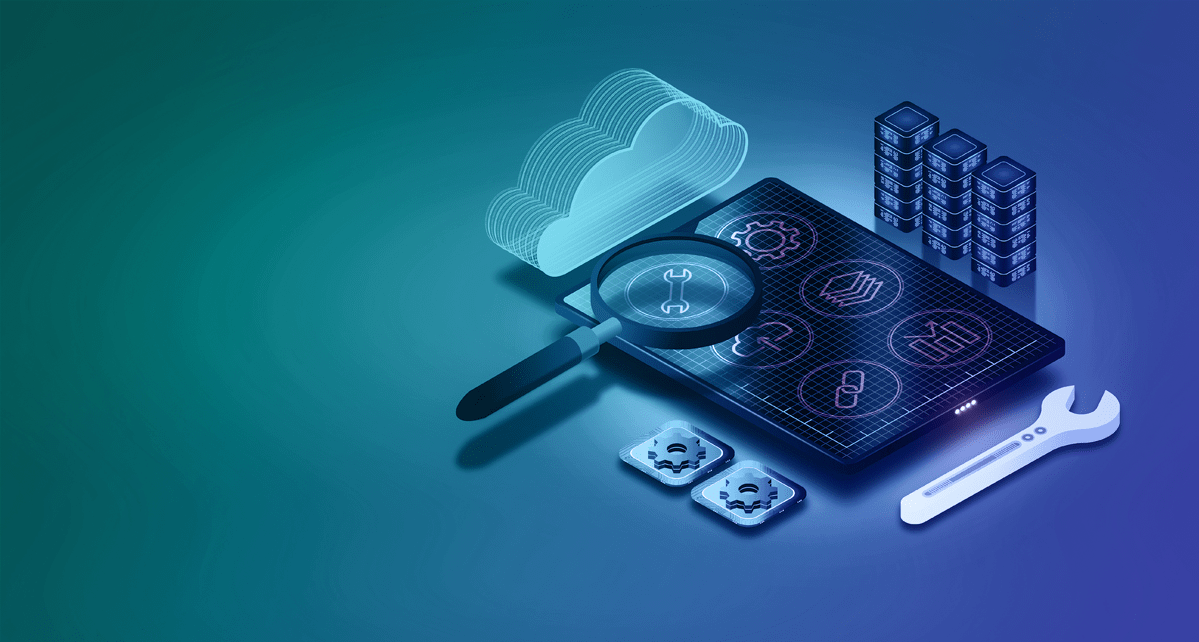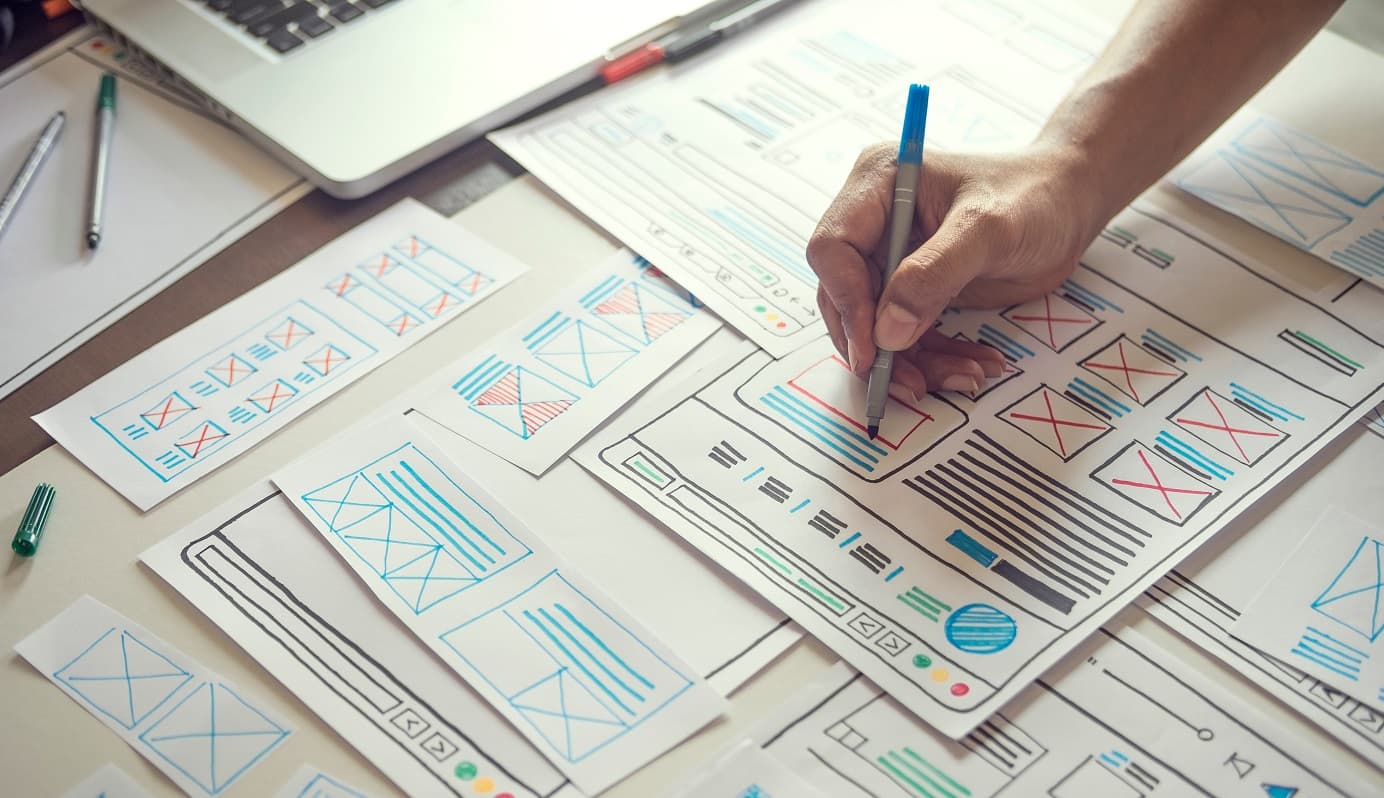Just ten years ago, technology providers were seen as a useful way to save on development costs and were limited to simple and repetitive projects.
Today, remote work looks a lot different as technology providers have evolved to become providers of fully digitized operations, with the ability to work on big projects and consult in very specific domains and niches where they have unparalleled industry experience.
Many technology providers have gathered talented developers with unique skills who can offer deep knowledge and expertise on many technologies.

Companies are spending more than ever on business processes and up to $230 billion to manage them. And what is the main culprit of these costs? Talent sourcing.
Companies, SMEs, and entrepreneurs are having an incredible amount of trouble finding tech specialists and accessing expert talent pools, yet their projects depend heavily on specific technical skills. This is why partnering with a tech provider has become more in demand in recent years.
Working with a technology provider comes with a myriad of benefits if you choose the right type, but outsourcing projects can also bring some confusion when it comes to choosing which model is best to handle your business.
In this article, we will highlight the advantages and disadvantages of three different models of remote work: dedicated team, fixed price, and time and materials. Additionally, we have included the most common roadblocks and issues companies face when hiring remote workers.
By the end, you will be armed with all the knowledge you need to make a smart decision about partnering with a technology provider.
What is the Origin of Remote Work?
This year, the global tech market will increase and outpace its pre-pandemic growth. According to a report from Forrester, the global tech market will grow by 5.3% in 2024 — a significant improvement on 2023’s 3.5%. Asia Pacific, North America, and Europe will lead the way in this growing market.
This growth is fueled by a rise in outsourcing, especially since industry leaders have been more vocal in acknowledging the normalcy and benefits of remote work. With the widespread change in remote working globally, a large number of companies worldwide are hiring third parties to lower their development costs, improve efficiency, and deliver their projects faster.
The most common uses of outsourcing include:
- Moving operations to another location to lower development costs
- Speeding up project delivery
- Filling talent gaps

What are the Advantages of Outsourcing
No matter the size of the business you decide to work with, contracting out development or operational tasks can bring a variety of benefits. Here are some of the biggest advantages of hiring an outsourced team.
Task prioritization: Outsourcing can help companies refocus their internal resources on more important tasks for the company’s profitability.
Reduced costs: The expenses of getting a bigger office, purchasing new equipment, and hiring local people can be significant, especially for SMEs. Instead of expanding operations internally, it makes more sense in many cases to outsource.
Team flexibility: When it comes to team management, outsourcing allows different departments to bring additional resources when and where they are needed. Additional flexibility lets you always have the right people working on the core product.
Additional Client Support. Outsourcing allows you to have teams working in multiple time zones, so you can provide support to clients at any time of the day. Nearshore support can help you have technical advisers around during peak hours, and by hiring offshore talent, you can provide 24/7 support to your clients.
Increased efficiency: Companies are not always quick to change business processes or implement new ways of doing things. Using an outsourced team can serve as a tool to drive change or even start an enterprise-level transformation. Third-party teams are used to working with a variety of companies, so they are adaptable to your company’s work procedures and quickly get up-to-speed.
Access to a pool of experts and a different tech stack: When a company doesn’t possess development expertise or have access to skilled professionals for a particular software, hiring a team trained for a certain technology can save you valuable resources and speed up the project significantly.
What Are The Challenges of Outsourcing?
While outsourcing can enrich teams and projects, it has some shortcomings. Here’s what we’ve noticed as potential challenges of IT outsourcing.
Lack of control over the project: Depending on the type of collaboration, vendors can have more or less control over the project. One of the best ways to choose the level of control you want and get everyone on the same page is by carefully selecting the right engagement model for your project, whether it be having a dedicated team or a fixed bid. Choosing wisely what type of outsourcing and what comes with it helps everyone know where responsibilities lie at any time.
Unexpected costs: When using outsourcing for your business, make sure to take into account unplanned expenses. Depending on the complexity of the project, estimates can be quite precise, but it is a good practice to leave a bit of wiggle room for additional consulting, extending the project, or adding extra features.
Cultural barriers. Interactions between employees should always be professional and efficient. Although there may differing work ethics between countries, an experienced, external team should be equipped to work professionally with any company and highly adaptable to collaborate with ease. It is important to check if the outsourcing company you choose has positive reviews from past clients and has a similar working style to yours.
Potential quality problems: Deliverables are one of the key aspects of any project. Distance doesn’t need to be a problem as long as both sides are well-informed about the project's status and openly communicate its progress. However, without clear communication and outlined deliverables, there is more room for error.
The quality of teams can differ between outsourcing companies, so it is crucial to make sure the third-party company you choose has the industry expertise and experience you need to provide excellent solutions.
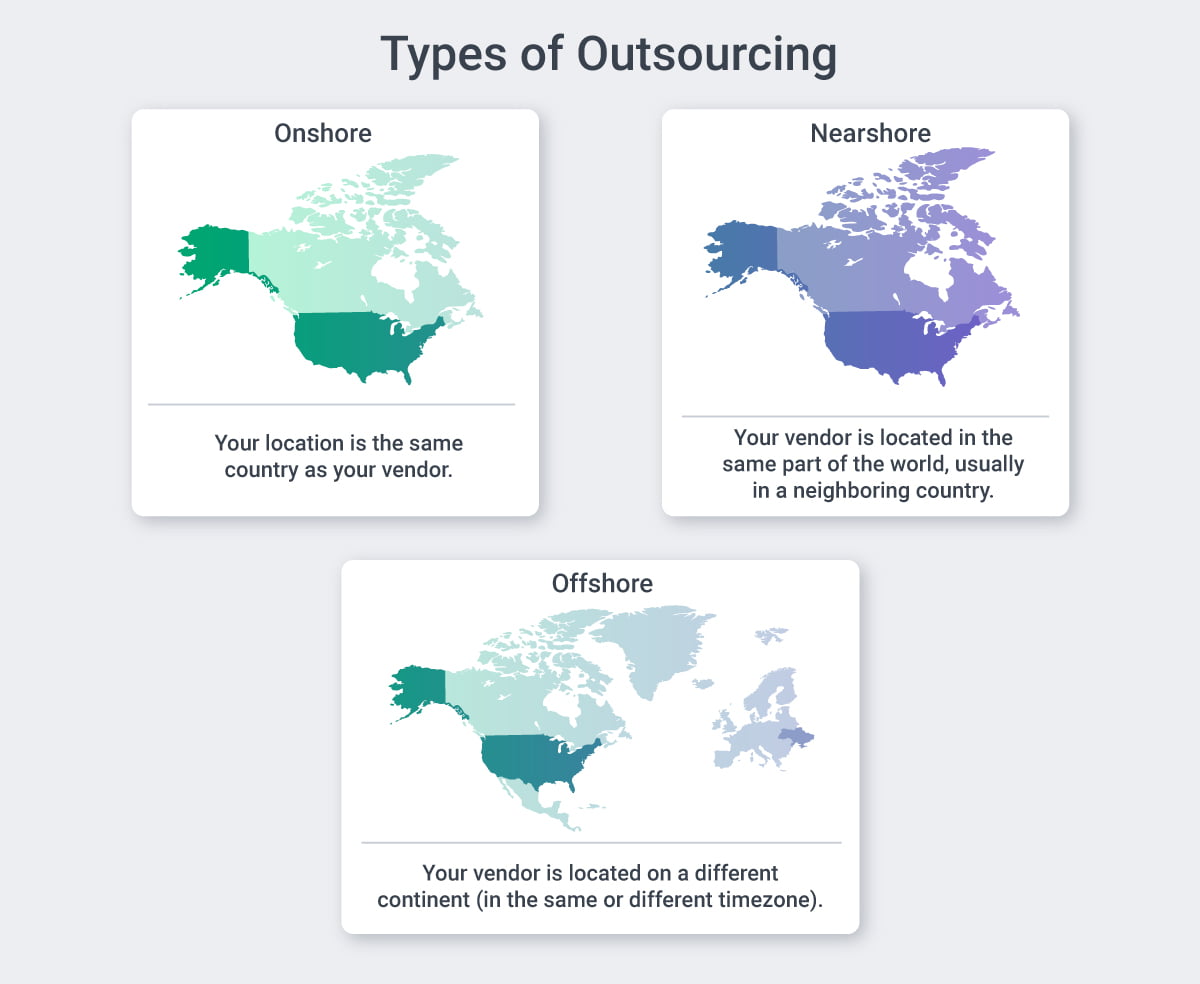
Location-Based Versus Relationship-Based Outsourcing
There are two main overarching types of outsourcing: location-based and relationship-based. The main difference is whether there is more of a focus on the remote team’s location or the type of relationship a company has with the outsourced team.
Location-Based Outsourcing
Location-based outsourcing, also called onshore development, means both teams are in the same country. Developers and teams can be located in different cities, but they all speak the same language.
In some countries, onshore development makes sense if the development costs are similar in the base country, and thus no need to hire a team in a different country. However, if you want to develop something complex and can’t afford developers who are considerably more expensive, hiring a team from another country might be the best way to go.
Nearshore development is a smart solution for clients who want to employ a team with similar working hours but at potentially better rates.
For instance, our teams in Brazil frequently collaborate with clients in Canada and the US, ensuring seamless alignment across time zones. Similarly, our teams in Ukraine and Poland support clients throughout Europe and Asia, providing tailored coverage for those regions.
If 24/7 support is a priority, consider hiring a team in a different time zone to extend your support hours. This way, they can continue to work while your in-house team is off-duty, ensuring round-the-clock productivity.

Offshore development refers to a setup where a client and their remote team are based in different countries, often across distinct time zones. For instance, a company in Silicon Valley can hire skilled developers and tech experts from locations like Ukraine, Poland, or Albania. This approach offers access to high-quality talent at a more competitive cost than local hiring, making it an attractive option for many projects.
For any of these models, we recommend that you select an outsourcing partner who provides an experienced Project Manager who understands how remote communication and asynchronous work function. With a clear communication plan to keep everyone in the loop during various project phases, every project can be successful, affordable, and completed in record time.
Relationship-Based Outsourcing
Forging a strong, professional relationship between teams is at the core of effectively utilizing a third-party company. Today, there are three popular relationship-based models for outsourcing: Team Augmentation, Managed teams, and Project-Based teams.
Team augmentation works perfectly for a company that wants to expand its in-house team temporarily by acquiring a few IT specialists. Companies that prefer the team augmentation model usually lack in-house specialists for certain types of work, such as migrations or app and website rewrites.
When there’s insufficient time to hire experts locally, companies can hire an external team ready to jump in and support their in-house team. Most often, one person or a small team from the hiring company will be in charge of the project and will manage the external and internal team members.
Team Augmentation in a Nutshell:
- Temporary expansion of in-house team with external specialists
- Best for: Companies needing specific skills for short-term projects
A managed team (AKA a "Dedicated team") is one of the best ways to improve operational efficiency since it allows a company to delegate a part of a project to an external team. Usually, a full team of experts works on a project under the hiring company’s management, and their services are priced in a fixed way, varying according to the amount of work done. The greatest benefit of working with a managed team is that the overall price is based on project outcomes, so the vendor has more control over expenses.
Managed Teams in a Nutshell:
- Full team of experts working under the hiring company's management
- Best for: Improving operational efficiency in specific project areas
Project-based teams work best for companies that wish to assign a project completely to an outside team. If a project doesn’t need in-house expertise, it can be fully outsourced. However, project-based outsourcing also means that any change to the project must be requested. This model works best for short-term, full-cycle projects.
Project-Based Teams in a Nutshell:
- Assigning an entire project to an external team
- Best for: Short-term, full-cycle projects not requiring in-house expertise
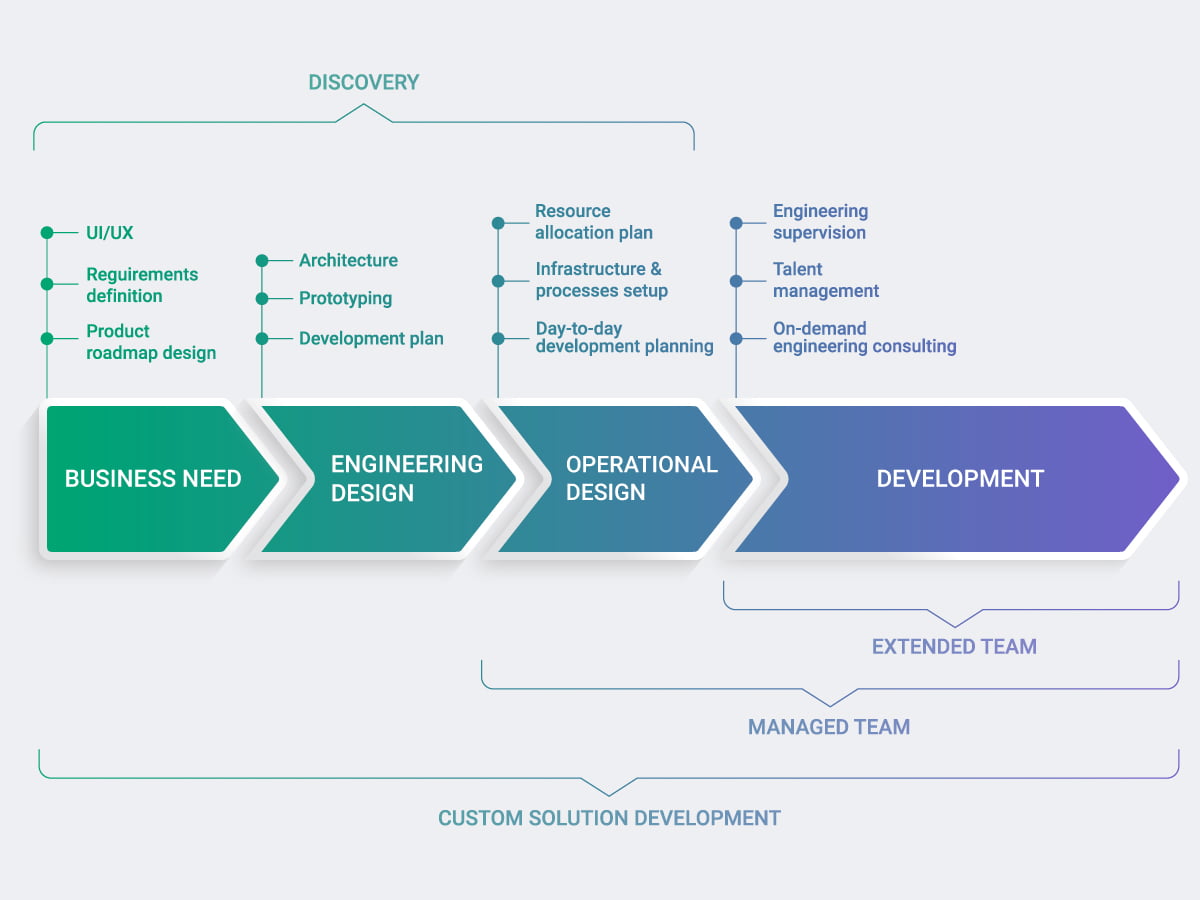
Choosing the Right Engagement Model
When we start a collaboration with our clients, the first thing we advise them to do is to create an outline of their product’s development based on all the documentation they have available. With a clear scope of work, it becomes much easier to choose the right type of engagement model for a project.
Depending on the unique aspects of their project and how much control they want to have, Softjourn clients can select from three outsourcing models: fixed bid, dedicated team, and time and materials.
Fixed bid is very straightforward; you pay a predefined cost based on the time and effort necessary to finish the project, usually estimated ahead of time. This method works best when a vision of the software and development needs are clear and unlikely to change
Dedicated Team is a model in which a client hires an external team of IT experts to carry out specific tasks separate from their own workers, so their in-house team can focus on other activities. This is usually the best and fastest way for companies to bring on a team of experts with specialized skills their project requires, without having to hire new employees.
Time and Materials is a model that fits well for anyone outsourcing Agile projects which tend to be very flexible. When the scope of work is likely to change on the go, the team size and focus might also frequently change during the project.
In the next section, we outline greater details of these engagement models and our insights on determining which one is the best for your project. Our consultants can also point you in the right direction and help you decide which type of collaboration would work best for your specific case.
The Fixed Bid Model
What is a Fixed Bid Project?
The fixed bid (also known as Fixed Price) project involves a vendor committing to a set amount of money for a project with defined deliverables. This model is typically preferred when a company has specific elements in its project, such as predetermined data, a fixed scope, or a strict budget.
A Fixed Bid project is charged as a single, flat fee, irrespective of hours spent. This fee might be for the entire project or allocated to specific weeks or months. Given that Fixed Bid projects operate based on duration, they necessitate a defined start and end date.
When Do You Need a Fixed Bid Model?
Fixed bid contracts are useful for short-term engagements and small to medium-sized projects that can be developed in several iterations and within a fixed budget. They are also useful for developing an MVP for a new product within a precise time frame.
Fixed bid works well for projects with clear goals, deadlines, and specific requirements. For projects based on unverified assumptions and unknown aspects that might take a lot of time, this collaborative model won’t be as effective as hiring a dedicated team. However, for stable projects without much variability and with many last-minute changes, a fixed bid model is your best bet.
Fixed Bid is most suitable for:
- Medium-sized projects with many iterations
- Developing an MVP
- Projects with strict deadlines
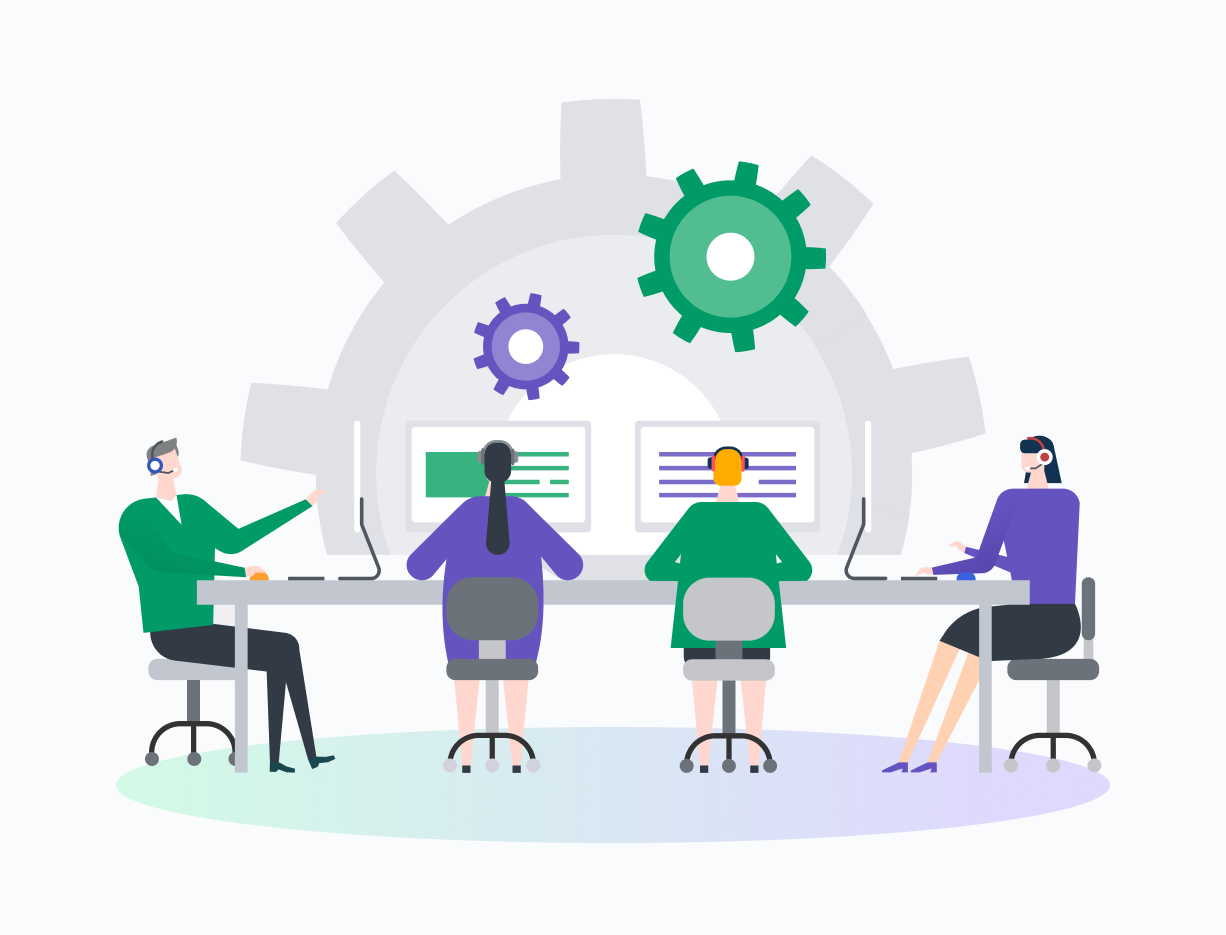
What Are the Benefits and Challenges of Having a Fixed Bid Team?
Benefits:
- The budget is agreed upon before the contract signing
- Deliverables are clearly outlined
- A PM will coordinate the project
Challenges:
- Preparation needed for fixed bid projects is often lengthy
- Communication between teams may be less strong for fast, short-term projects
- There is only minor control over the process from the client’s side
Best Practices for Fixed Bid
A Fixed Bid engagement model is best suited for projects with a well-defined scope, budget, and timeline. It involves the development company quoting a fixed price for the project and committing to deliver the agreed-upon scope within a predetermined schedule.
In this section, we'll dive into best practices for maximizing the benefits of the Fixed Bid model.
Clear Communication and Understanding of Project Scope
- Ensure that all stakeholders, including the custom software development company and the client, clearly understand the project scope.
- Establish a common language and terminology to avoid misunderstandings and ensure everyone is on the same page.
- Encourage open communication channels for regular updates, discussions, and any necessary clarifications.
Risk Management and Mitigation
- Collaboratively identify potential risks at the beginning of the project and develop a risk management plan.
- Allocate contingency budgets and time for unexpected issues that may arise during the project.
- Continuously monitor risks throughout the project and update the risk management plan as needed, with input from both the development company and the client.
Change Control Process
- Develop a well-defined change control process to handle scope changes while keeping all parties informed.
- Communicate the impact of scope changes on the budget and timeline to all stakeholders, including the client and development team.
- Obtain approvals for scope changes and update the project plan accordingly, ensuring transparency and consensus.
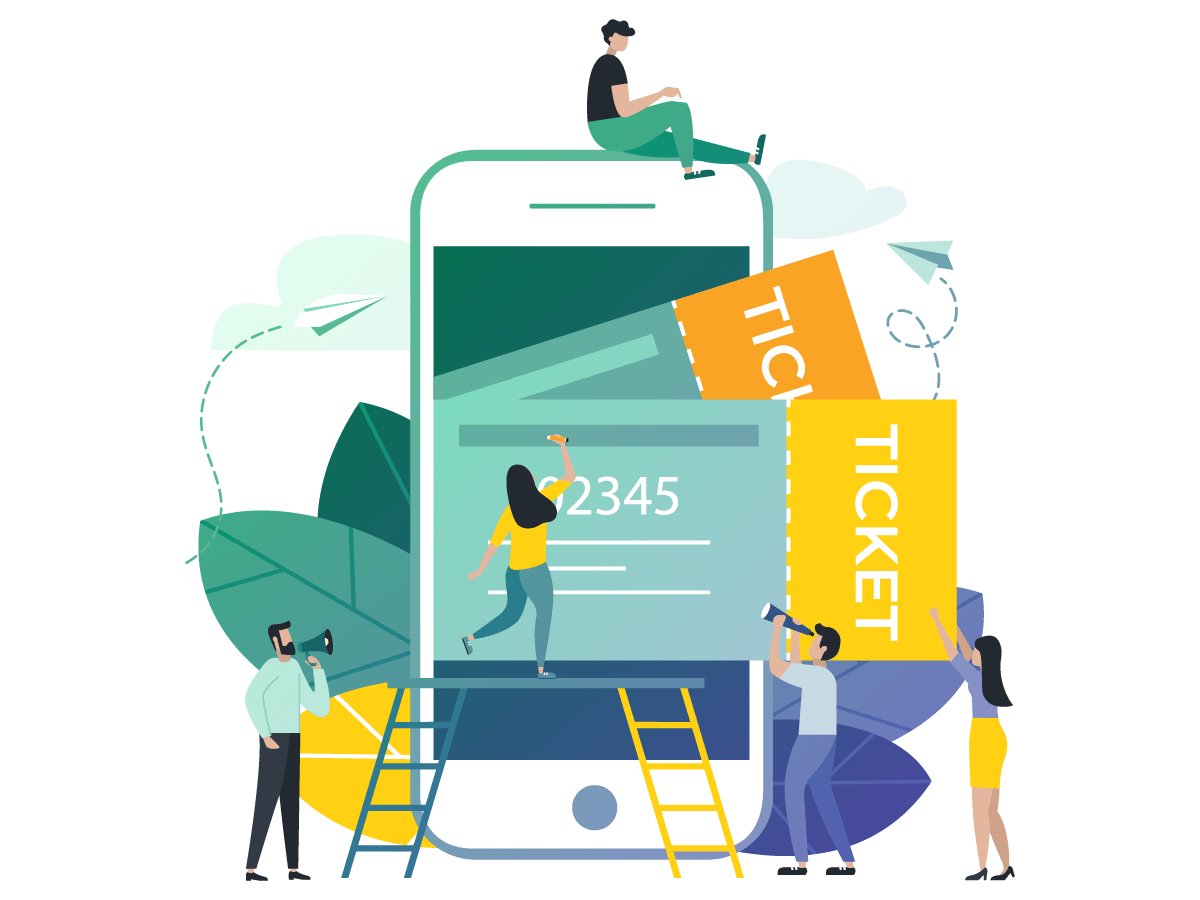
Fixed Bid Project Example: Event Ticketing App Development
Project Overview
An event company wanted to develop a mobile app for event ticketing. They had a clear vision of what they wanted and prepared detailed specifications for their mobile app.
Project Specifications
The event company wanted to develop a mobile app with the following features:
- User registration and login
- Event browsing and search functionality
- Ticket purchasing and digital ticket storage
- Secure payment integration
- Event check-in using QR codes
- Push notifications for event reminders and updates
Technical Requirements:
- Platforms: iOS and Android
- Design: Modern, intuitive UI/UX following current design trends
- Backend: RESTful API for seamless data management
- Payment Gateway: Integration with popular payment processors
- Timeline: 3 months
- Budget: $120,000
Why Fixed Bid Worked for This Project
- Well-defined Scope: The event company had provided clear, specific requirements for the app's functionality.
- Set Timeline: The 3-month development period is explicitly stated, allowing for accurate resource allocation.
- Limited Features: The app's features are well-defined and contained, reducing the risk of scope creep.
- Fixed Budget: The event company had allocated a specific budget of $120,000, making the fixed bid model suitable for their financial planning.
The Fixed Bid Process
- Initial Consultation: The development team met with the event company to discuss the project requirements thoroughly.
- Proposal and Estimation: Based on the specifications, the development team provided a detailed proposal, including the fixed price of $120,000 and the 3-month timeline.
- Contract Signing: Both parties agreed to the terms, timeline, and fixed price, signing a contract that outlines deliverables, milestones, and the payment schedule.
- Development Phases:
- Month 1: UI/UX design and backend API development
- Month 2: Core functionality development (user auth, event browsing, ticket purchasing)
- Month 3: Advanced features (QR code check-in, push notifications), testing, and app store submission
- Regular Updates: The event company received weekly progress reports, but no major changes to the scope are allowed without renegotiation.
- Delivery and Launch: The app was delivered within the 3-month timeframe and launched on both iOS and Android platforms.
Potential Challenges
- Integration Complexities: If integrating with existing ticketing systems proves more complex than anticipated, the development team must manage this within the agreed-upon budget and timeline.
- Feature Requests: If the event company requests additional features mid-development, these must be carefully evaluated. Minor adjustments may be accommodated, but significant changes require a contract amendment and extra costs.
- Performance Under Load: The final month of development includes extensive load testing to ensure the app can handle high traffic during popular events.
Project Outcome
The fixed bid model allowed the event company to launch its ticketing app within their budget and timeframe. The client benefitted from efficient project management and their development partner's expertise in creating event-based mobile applications.
This scenario demonstrates how a fixed bid project can be successful when requirements are precise, the scope is well-defined, and both parties are committed to the agreed-upon terms. It provides a streamlined approach to app development, ideal for projects with clearly defined goals and limitations.
The Dedicated Team Model
A managed or dedicated team is a model in which a company hires a team of IT experts from a third-party to work on specialized tasks that their own team either doesn’t have time or expertise to carry out.
Rather than take the time to hire individual experts, bringing on a dedicated team is often the fastest and most affordable way to bridge a talent gap. Your company will often have an in-house team, which is then augmented with third-party experts (and sometimes a PM) to collaborate on a project.
A dedicated team falls somewhere between staff augmentation and traditional outsourcing. The dedicated team is permanently assigned to a long-term project, and their sole task is to work on it for a certain time.
The dedicated team model works well for companies that already have established development teams and internal processes but need domain-dedicated experts.
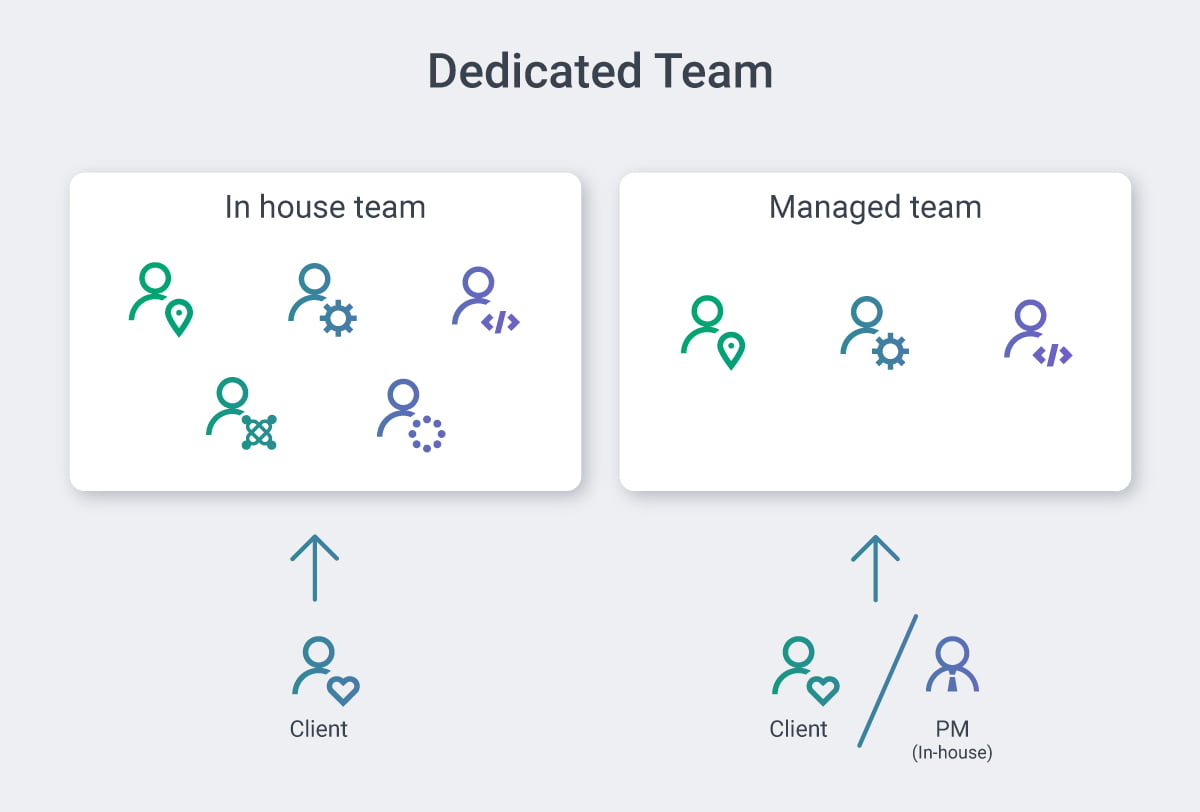
When Do You Need a Dedicated Team Model?
Dedicated team members work independently from the in-house team but often have meetings to discuss and clarify goals and collaborate on solutions. Most dedicated teams include a PM and a team of developers with the expertise requested by the client. The project manager reports to the client’s PM or CTO.
A dedicated team works best when you need people for specific tasks, especially if the in-house team is busy with other big projects. A dedicated team will work on side projects, pieces of a larger effort, or anything that will help make the overall development faster.
Dedicated Teams are most suitable for:
- Longer projects
- Agile projects
- Projects with clear initial assumptions and requirements
What are the Benefits and Challenges of having a Dedicated Team?
Benefits of hiring a dedicated team:
- Increased control over the process
- Working with domain experts
- Easier altering of the scope of work
- The outsourced team may feel like an in-house team
- Reduced risks
- Better communication and transparency
- Improved time and people management
Challenges of hiring a dedicated team:
- Not suitable for short projects
- The team needs to have a backlog of tasks
- For certain projects, it can take time to find and hire the right people

Best Practices for Dedicated Team
The Dedicated Team model is an excellent choice for long-term projects or when continuous development and maintenance are required. It involves a software development company assigning a team of professionals to work exclusively on the client's project. This section will outline the best practices for setting up a successful dedicated team and ensuring a smooth collaboration between the client and the development company.
Team Selection and Onboarding
- Work together with the client to carefully select team members based on their skills, experience, and cultural fit.
- Provide comprehensive onboarding and training to ensure team members understand the client's processes, tools, and expectations.
- Establish a clear team structure with defined roles and responsibilities, with input from both the development company and the client.
Performance Monitoring and Feedback
- Set performance metrics and goals for the dedicated team in collaboration with the client.
- Conduct regular performance reviews and provide constructive feedback, incorporating client perspectives.
- Encourage a culture of continuous improvement and learning, fostering a positive and collaborative environment.
Ongoing Communication and Collaboration
- Maintain open and transparent communication channels with the dedicated team, the software development company, and the client.
- Schedule regular meetings and status updates to keep everyone informed and aligned with project objectives.
- Encourage a collaborative environment where team members can share ideas and work together to solve problems, with support from both the client and the development company.
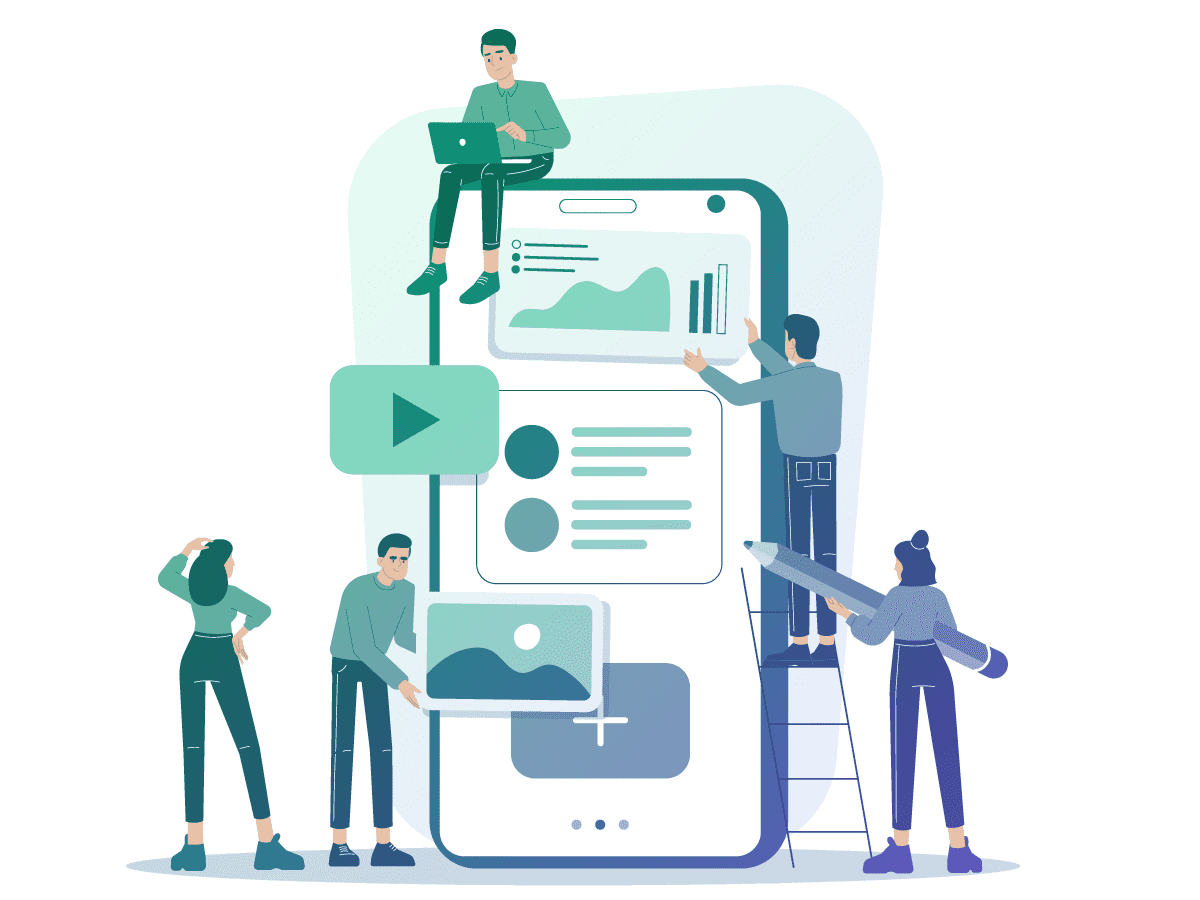
Dedicated Team Project Example: Mobile Payments Application
Project Overview:
A fintech startup aimed to develop a comprehensive mobile payments application that would allow users to send money, pay bills, manage multiple accounts, and perform international transfers. The project is complex, expected to evolve over time, and requires ongoing development and maintenance.
The mobile payments app needs to include the following features:
- User registration and secure authentication (including biometric options)
- Linking and managing multiple bank accounts and cards
- Peer-to-peer money transfers
- Bill payments and recurring payment setup
- International money transfers
- Real-time transaction notifications
- Spending analytics and budgeting tools
- Integration with major mobile wallets (Apple Pay, Google Pay, etc.)
- Compliance with financial regulations (e.g., KYC, AML)
Technical Requirements:
- Platforms: iOS and Android (native development)
- Backend: Scalable cloud-based infrastructure
- Security: End-to-end encryption, secure data storage
- API Integrations: Banking APIs, payment gateways, identity verification services
- Anticipated Development Time: 12+ months for initial launch, ongoing development afterward
Why Dedicated Team Worked for This Project
- Complex and Evolving Scope: The project is large-scale with many interconnected features that may evolve based on user feedback and market trends.
- Long-Term Development: The app requires ongoing development, updates, and maintenance beyond the initial launch.
- Specialized Expertise: The project needs a team with diverse skills including mobile development, backend architecture, security, and financial compliance.
- Scalability: As the app grows, the team size and composition may need to adapt quickly.
The Dedicated Team Process
- Team Assembly:
- 2 iOS Developers
- 2 Android Developers
- 2 Backend Developers
- 1 UI/UX Designer
- 1 QA Specialist
- 1 Project Manager
- 1 Business Analyst
- Project Kickoff: The team met with the fintech startup to deeply understand the vision, goals, and initial requirements.
- Agile Development Approach:
- 2-week sprints with regular planning, review, and retrospective meetings
- Continuous integration and delivery pipeline setup
- Regular demos to stakeholders
- Development Phases:
- Months 1-3: Core functionality (user auth, account linking, basic transfers)
- Months 4-6: Advanced features (bill payments, international transfers)
- Months 7-9: Analytics, budgeting tools, and mobile wallet integrations
- Months 10-12: Security audits, performance optimization, and compliance implementation
- Ongoing Collaboration: Daily stand-ups, weekly progress reports, and monthly strategic meetings with the client.
- Iterative Launch and Improvement:
- Beta launch after 9 months
- Public launch after 12 months
- Continuous updates and new feature rollouts post-launch
Advantages of the Dedicated Team for This Project
- Flexibility: The team can quickly adapt to changing requirements or pivot based on user feedback.
- Deep Integration: Team members become intimately familiar with the project, fostering innovation and efficient problem-solving.
- Scalability: The team size can be adjusted as needed, e.g., adding a security specialist or more developers for complex features.
- Knowledge Retention: The consistent team ensures that project knowledge and history are preserved throughout development.
Potential Challenges and Solutions
- Evolving Regulatory Landscape: The team includes a business analyst to stay updated on financial regulations and adjust the app accordingly.
- Security Concerns: Regular security audits are scheduled, and the team can bring in additional security experts as needed.
- Performance at Scale: The backend team focuses on creating a scalable architecture from the start, with regular performance testing.
Project Outcome
The dedicated team model allowed the fintech startup to develop a robust, secure, and feature-rich mobile payments application. The long-term collaboration ensures that the app can continuously evolve to meet market demands and user needs. The startup benefitted from having a consistent, knowledgeable team that was fully invested in the project's success.
This scenario demonstrates how a dedicated team can be ideal for complex, long-term projects that require specialized expertise and the ability to adapt to changing requirements and market conditions.

The Time and Materials Model
Time and Materials is a project-based model that works best for companies with limited resources. This type of collaboration is most common in outsourcing as it's very convenient, flexible, and easily adaptable for a variety of projects without a clear scope of work.
This pricing model means that a software development company bills clients only for the hours and days worked. The cost of hardware and software licenses used during the process can also be added.
The time and materials model is used for raw project concepts with flexible workflows. When it comes to setting up a budget, the final cost might significantly differ from the estimated cost, and payments are often arranged monthly according to the work performed.
When Do You Need a Time and Materials Model?
This model works well for startups and SMEs when they need to build and deploy a digital product. The time and materials model is well-suited for projects with changing requirements and products whose requirements haven’t been specified or depend on market trends.
Compared to the fixed price model, time and materials offer more flexibility in both price and project scope. For bigger companies, outsourcing development for a certain product or a small project helps their in-house teams have time to focus on other important tasks.
Time and Materials are most suitable for:
- Projects with changing requirements
- Projects that demand flexibility
- Building prototypes
What Are the Benefits and Challenges of the Time and Materials Approach?
Benefits:
- Flexible approach to development
- Scalability and rapid adaptation
- Controlled cost and budget flexibility
- Flexible time management
Challenges:
- Imprecise budget estimates
- Limited accountability
- Lower level of participation and communication than other models
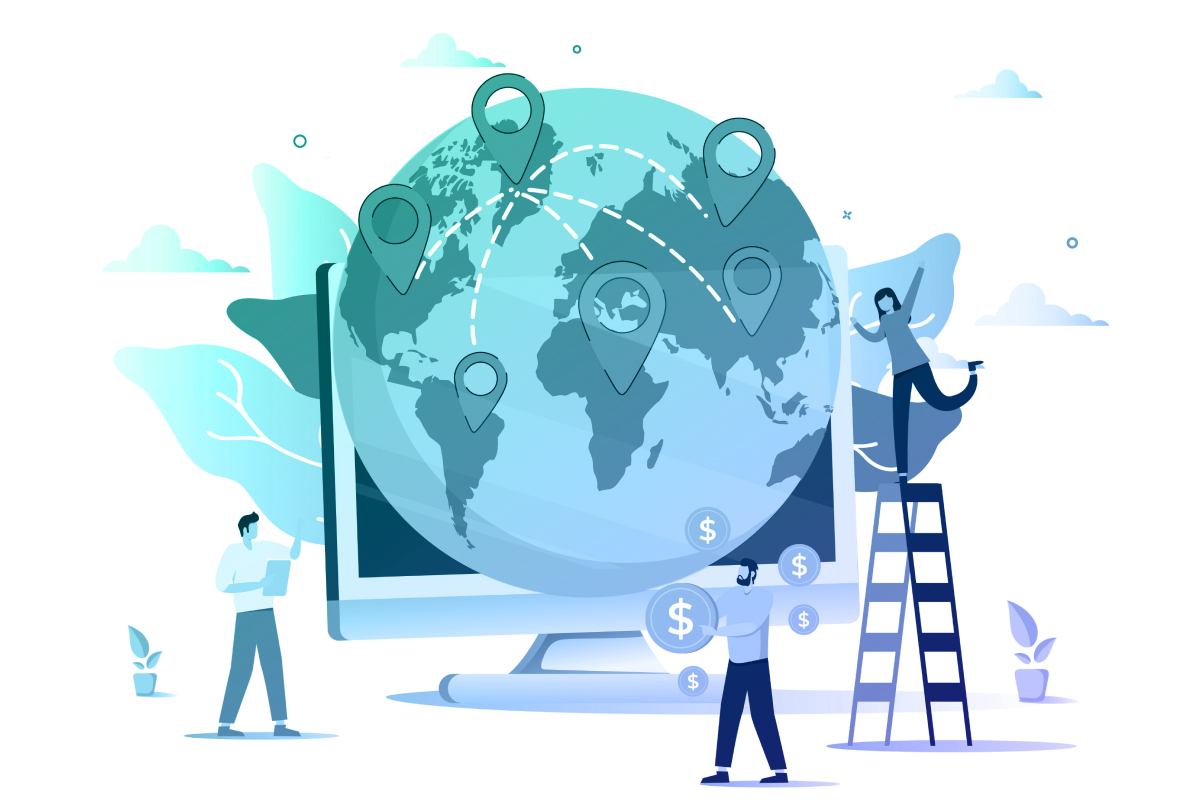
Best Practices for Time and Materials
The Time and Materials model offers a pay-as-you-go pricing structure based on actual work completed for projects with a dynamic scope or where flexibility is crucial. This model provides the ability to adjust the project's requirements and timeline as needed. In this section, we'll discuss best practices for managing Time and Materials projects effectively while fostering open communication and trust-building between clients and development companies.
Regular Progress Tracking and Reporting
- Implement a project management tool to track progress, tasks, and resources, ensuring visibility for both the development company and the client.
- Conduct regular progress meetings to discuss updates, issues, and concerns, keeping lines of communication open and honest.
- To maintain trust and collaboration, provide transparent reporting to stakeholders, including budget and timeline updates.
Effective Project Management
- Assign a skilled project manager to oversee the project and ensure alignment with objectives, considering both the development company's and the client's perspectives.
- Apply project management methodologies, such as Agile or Scrum, to adapt to changes and flexibly deliver results.
- Manage project scope and priorities to avoid scope creep and ensure a successful outcome, with input and agreement from both the client and the development company.
Open Communication and Trust-Building
- Foster a culture of open communication and transparency between the client and the software development company.
- Establish trust by delivering consistent results and demonstrating expertise while actively seeking client feedback and input.
- Address concerns and challenges proactively to maintain a positive working relationship and promote a successful partnership.
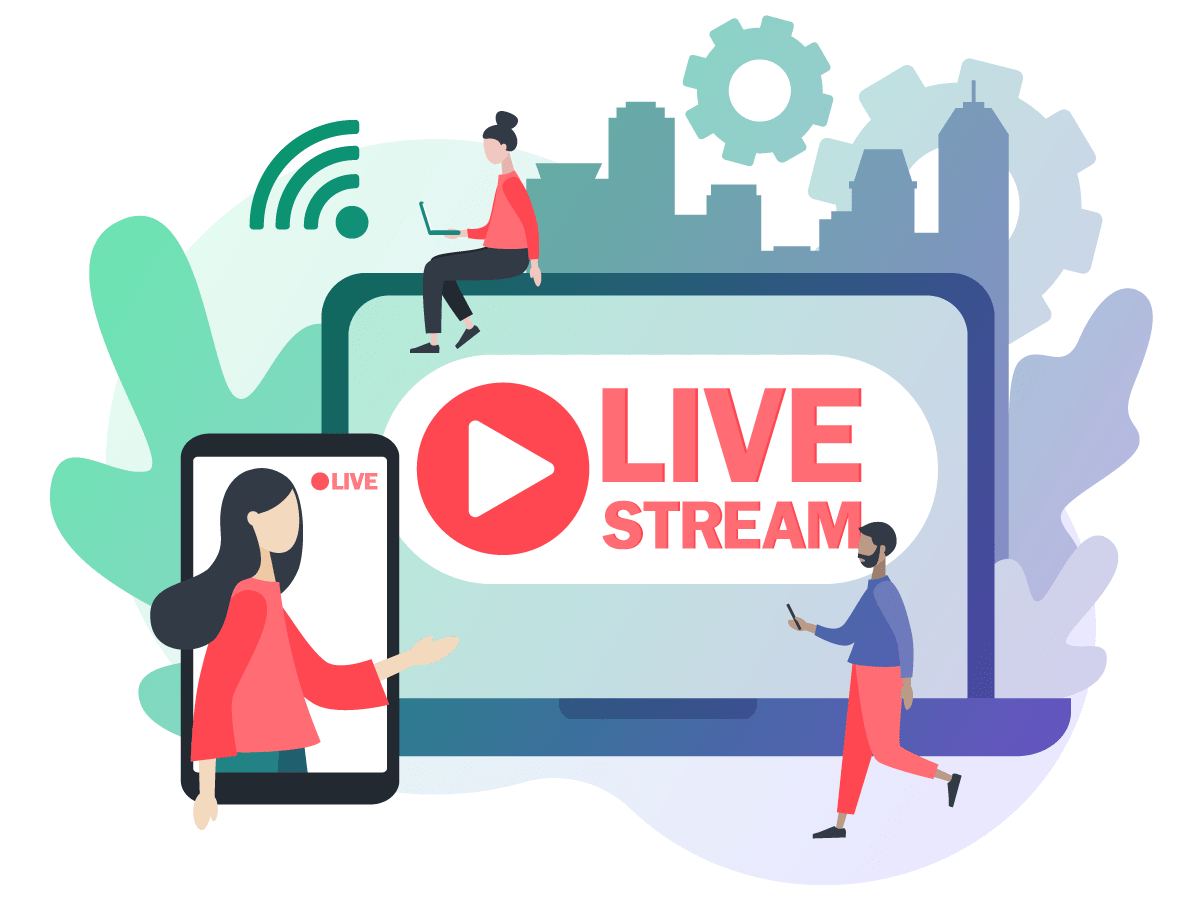
Time and Materials Project Example: Live Video Streaming Platform
Project Overview
A media company aimed to develop a live video streaming platform that allows content creators to broadcast live video to their audience, interact with viewers in real-time, and monetize their content. The project was complex, with evolving requirements and the need for continuous optimization based on user feedback and technological advancements.
The live video streaming platform needs to include the following features:
- User registration and profile management for both broadcasters and viewers
- Live video broadcasting capabilities
- Real-time chat during live streams
- Customizable stream settings (quality, privacy, etc.)
- Viewer analytics for broadcasters
- Monetization features (donations, subscriptions, ad integration)
- Content discovery system
- Mobile apps for iOS and Android
- Web-based viewing experience
Technical Requirements:
- Scalable cloud infrastructure to handle varying loads
- Low-latency video delivery
- Integration with payment gateways
- Analytics and reporting system
- Content delivery network (CDN) integration
- Compliance with data protection regulations
Why Time and Materials Worked for This Project
- Evolving Scope: The project requirements were likely to change based on user feedback, market trends, and emerging technologies.
- Continuous Optimization: Streaming quality and performance need ongoing improvements, which are difficult to predict and scope in advance.
- Flexibility: The ability to adjust priorities and add or modify features as the project progresses is crucial.
- Innovation Opportunities: As new technologies emerge, the project can quickly adapt and incorporate them.
The Time and Materials Process
- Initial Team Assembly:
- 2 Backend Developers
- 2 Frontend Developers
- 1 iOS Developer
- 1 Android Developer
- 1 UI/UX Designer
- 1 QA Specialist
- 1 Project Manager
- Project Kickoff:
- Define initial goals and prioritize features
- Set up project management tools and communication channels
- Establish billing rates for different roles
- Agile Development Approach:
- 2-week sprints with regular planning, review, and retrospective meetings
- Continuous integration and delivery pipeline setup
- Weekly demos and feedback sessions with the client
- Development Phases (with ongoing re-prioritization):
- Months 1-2: Core broadcasting and viewing functionality
- Months 3-4: Chat integration and basic monetization features
- Months 5-6: Mobile app development and performance optimization
- Months 7-8: Advanced features (analytics, content discovery)
- Ongoing: Performance optimization, scaling, and new feature development
- Billing and Reporting:
- Bi-weekly time reports detailing hours worked by each team member
- Monthly invoices based on actual time spent and materials used
- Regular budget updates and forecasts
- Continuous Deployment and Improvement:
- Soft launch after 6 months
- Gradual feature rollout and A/B testing
- Continuous updates based on user feedback and performance metrics
Advantages of Time and Materials for This Project
- Adaptability: The team can quickly pivot to address emerging issues or incorporate new features.
- Transparent Costs: The client only pays for the actual work done, with clear visibility into where time is spent.
- Quality Focus: The team can allocate time to refine and optimize features without being constrained by a fixed budget.
- Scalability: The team size and composition can be adjusted as project needs evolve.
Potential Challenges and Solutions
- Budget Uncertainty: Regular budget reviews and forecasts help the client manage expectations and plan accordingly.
- Scope Creep: Prioritization sessions ensure that the most valuable features are developed within the available budget.
- Performance at Scale: Continuous performance testing and optimization are built into the development process.
Project Outcome
The Time and Materials model allowed the media company to develop a robust, high-performance live video streaming platform that can evolve with market demands and technological advancements.
This model's flexibility enabled the team to address unforeseen challenges, such as sudden increases in user load or the need to integrate new streaming protocols.
As the platform grows, the development team can scale up or down as needed, ensuring that resources are always aligned with current priorities. This approach results in a product that is not only feature-rich but also optimized for performance and user experience, with the ability to quickly adapt to the dynamic landscape of live video streaming.
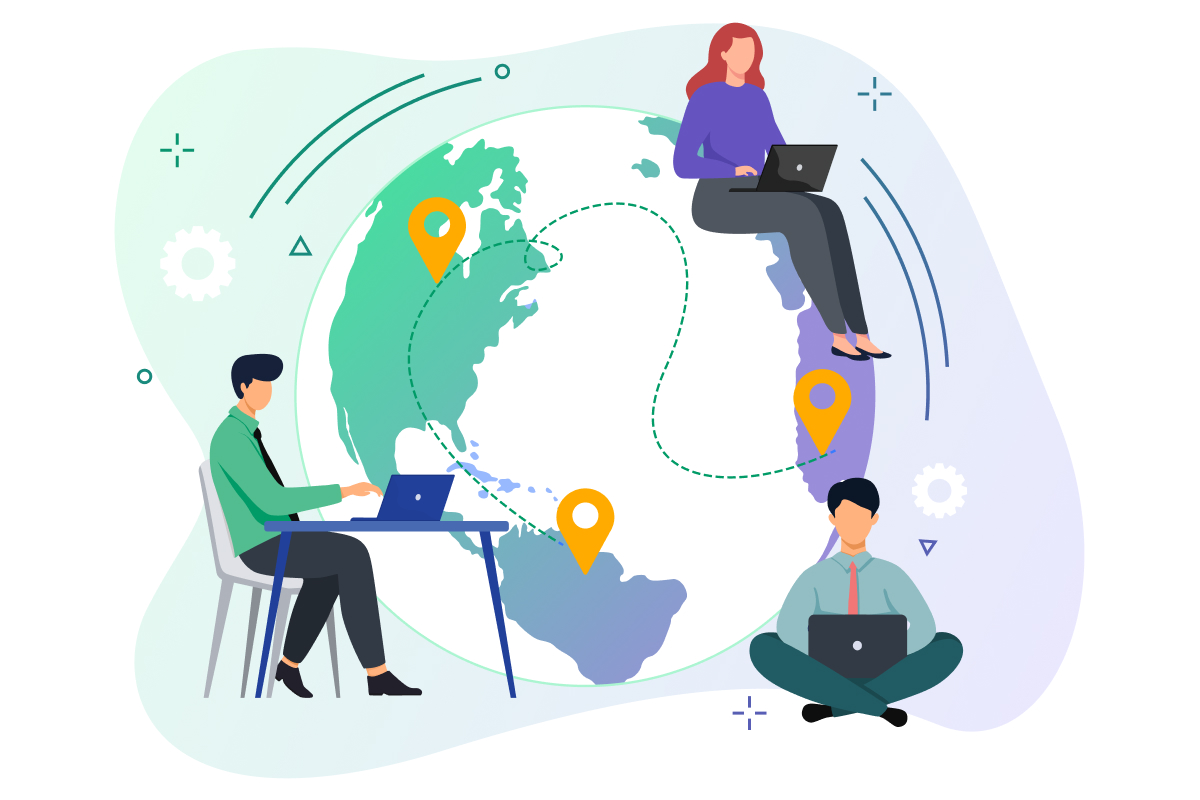
Fixed Bid vs. Dedicated Team vs. Time and Materials
Deciding which of the three models to choose largely depends on the length and complexity of your project. For short projects, we suggest the fixed bid model. As we previously mentioned, this type of model demands well-designed and documented project requirements.
On the other hand, a dedicated team would be a good fit if your project demands more time or a team of domain-dedicated experts is needed for the project.
The Time & Materials model offers enough flexibility to allow clients to change project directions, method of work, and the overall scope of work. You would benefit from a Time and Materials approach if you want to use agile development and your project needs to remain flexible.
| Engagement Models: Fixed Bid vs. Dedicated Team vs. Time & Materials | |||
|---|---|---|---|
| Fixed Bid | Dedicated Team | Time & Materials | |
| Project Size | Small to medium | Large | Medium to large |
| Project Duration | Short to average | Long | Average to long |
| Level of Control | Low | High | Medium |
| Project Requirements | Defined | Subject to change | Subject to change |
| Final Product | Clear | Unclear | Unclear |
| Level of Flexibility | Low | High | High |
| Tech Stack | Planned | Not fixed | Situational |
| Team Scalability | Low | Medium | High |
Comparison Table Showing 3 Engagement Models for Software Development.

How to Choose the Most Suitable Outsourcing Model for Your Project
Some businesses think about outsourcing in terms of saving resources or decreasing development costs. However, outsourcing can help you achieve so much more than that.
As your business grows, outsourcing can be a good way to promote innovation and gain access to new skills and tech stacks that can give you a competitive edge.
When companies focus on the value of the contractor's experience and domain knowledge and how much it adds to the overall project, they understand why outsourcing is a unique opportunity.
If you are wondering how to find a model that best suits your project, the best place to start is by understanding what you need from the outsourced team.
Depending on the specifics of the project, you must weigh the benefits and pitfalls of each approach, and how they will impact your project.
Each outsourcing model works well for certain types of projects and the choice between a dedicated team vs fixed price vs time and materials is tightly connected to your project’s needs.

Final Word
Choosing the right outsourcing model is a significant decision that requires thoughtful consideration, and we hope this guide has helped clarify the benefits and challenges of each approach.
Remote software development services offer numerous advantages, from cost savings and enhanced flexibility to improved efficiency, minimized risk, and competitive positioning.
At Softjourn, we offer all three outsourcing models—onshore, nearshore, and offshore—providing the flexibility and expertise to support your unique project needs.
If you're unsure which engagement model best suits your goals, our experienced consultants can help you anticipate potential challenges and select the model that will deliver the most value for your business.
FAQ
1. What are the main outsourcing models for software development?
The primary outsourcing models are Dedicated Team, Fixed Bid, and Time & Materials. Each model offers unique benefits: Dedicated Teams are ideal for ongoing projects requiring specific expertise, Fixed Bid works well for projects with a clear scope and budget, and Time & Materials offers flexibility for projects with changing requirements.
2. What is the difference between onshore, nearshore, and offshore outsourcing?
Onshore outsourcing involves working with teams in the same country, nearshore outsourcing is with teams in nearby time zones, and offshore outsourcing is with teams in distant locations. Each option has its benefits, such as cost savings, time zone alignment, and access to a broader talent pool.
3. How do I choose the right outsourcing model for my project?
Consider your project’s size, duration, scope flexibility, and budget. A Fixed Bid is suitable for well-defined projects, a Dedicated Team is best for complex, long-term projects, and Time & Materials is ideal for projects needing flexibility and agile development.
4. What are the advantages of outsourcing software development?
Outsourcing can reduce costs, provide access to specialized expertise, increase team flexibility, and offer around-the-clock productivity by leveraging different time zones. It also allows in-house teams to focus on core activities while external teams handle specific tasks.
5. What are some challenges of outsourcing?
Challenges include managing communication across time zones, potential cultural differences, quality control, and managing unplanned costs. Choosing an experienced tech provider with a well-defined communication plan can help overcome these obstacles.
6. How does a Dedicated Team model work?
In a Dedicated Team model, a company hires a team of IT specialists to work exclusively on a project. This team integrates with the client’s operations, providing high flexibility and control over the project, making it ideal for complex, evolving tasks.
7. What types of projects are best suited for a Fixed Bid model?
Fixed Bid models are most effective for projects with a clear, defined scope and stable requirements. They’re commonly used for MVPs, short-term projects, and when the budget and timeline are strictly planned.
8. Can outsourcing help my business provide 24/7 support?
Yes, by partnering with teams across different time zones, companies can ensure near round-the-clock productivity and client support. For example, Softjourn’s teams in Brazil support clients in North America, while teams in Ukraine and Poland support clients in Europe and Asia.
9. Does Softjourn offer multiple outsourcing models?
Yes, Softjourn provides all three models—Dedicated Team, Fixed Bid, and Time & Materials—offering flexibility to match various project needs. With our experience and expertise, we help clients choose the best model for their specific goals.
10. What factors should I consider when selecting an outsourcing partner?
Look for industry expertise, positive client reviews, cultural alignment, communication skills, and a clear project management approach. An experienced partner like Softjourn can guide you through the process to ensure a smooth, successful collaboration.




